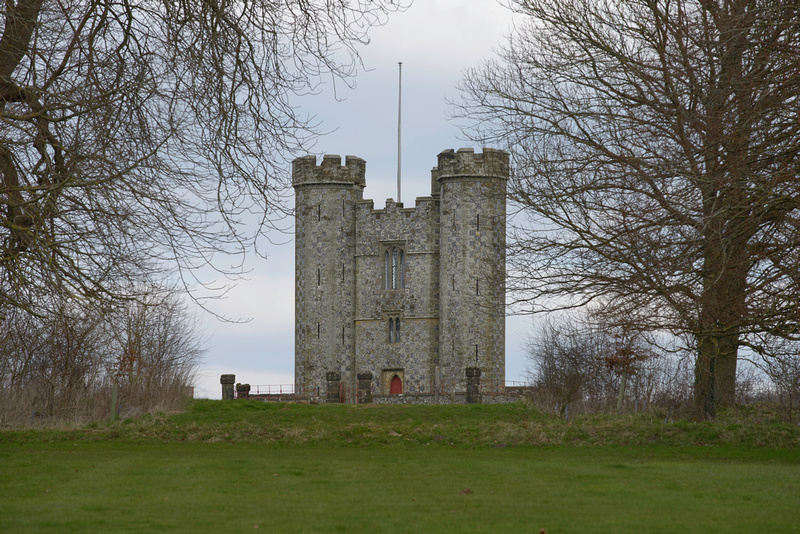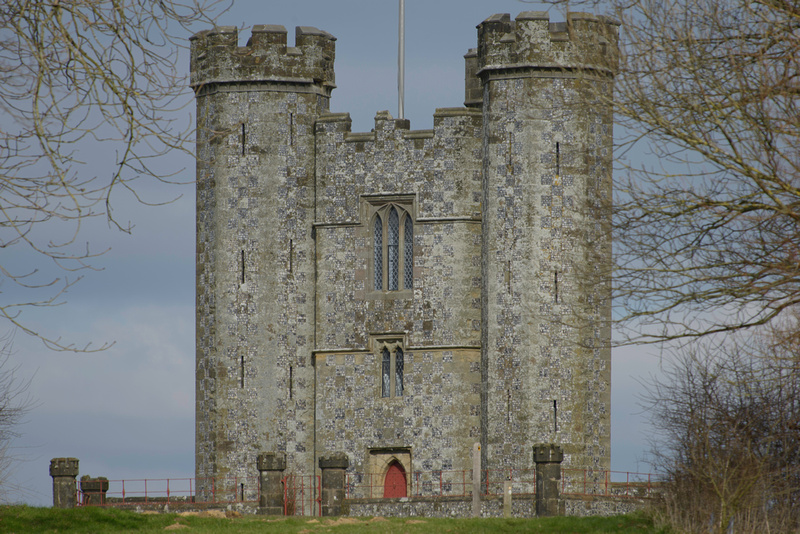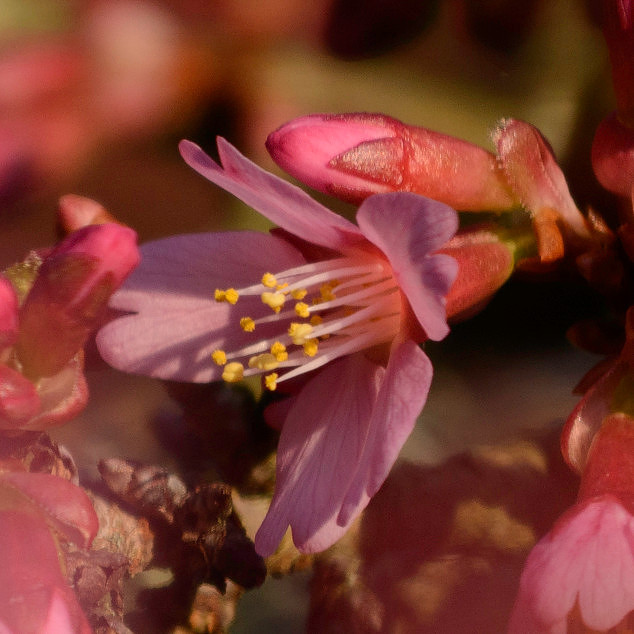Nikkor 70-200 F4 VR with TC-20E III: Ho hum...The good news first this week: I exchanged my first copy of the 70-200 F4 because, as shown in my previous review of the lens, it had an asymmetry that made it weaker on the left side at the wider end of the zoom range. The new copy is a whole lot better. Not totally perfect (the left is still very slightly softer) but really pretty good and I will certainly be keeping it. It is always hard to know just how much of problem there has to be before one is justified in returning a lens: it's tough on the retailer, however much the manufacturer deserves it and it is often fruitless. Zooms in particular are prone to skewed elements and actually very very few copies are 'perfect' - which means one risks a time-and-paperwork intensive process with no guarantee of an improvement. My criteria is, if one makes a 200DPI full frame print, is the asymmetry fairly evident at F4 and can you still see it without straining at F5.6? If so, back it goes. And about half the lenses I buy do go back.* Anyhoo - return, replace, re-test, how dull. But necessary if you want to get value for your money when building a high-quality system. I have had a TC-20E III for a while - I bought it to use on my 70-200 F2.8 VRII and was never wildly impressed with it but then one should not expect miracles or free lunches. It was useful for those rare occasions that I needed to go longer but tracking and VR performance seemed lacklustre and sharpness took a hit. In the end I rarely used it. But I had read that the 70-200 F4 was better with converters than its big brother so I thought I'd give it a spin. Test results from my normal scene are linked as follows. I have shot the lens at: If you want the quick summary it is as follows: the results under these conditions are quite good, and better than I was getting on the F2.8 lens. There are signs of LOCAs, as you will see if you look at high-contrast edges towards the edges of the frame - quite a few of them have magenta/purple fringes on one side and green on the other. And there is a slightly floaty, gentle if not exactly soft look to the 400mm shots. Best results are at F11 but there's not a lot in it. Shots need a clarity of +25 to tighten them up a little, though that is not done in these examples. That should be the subject done and dusted. But it isn't. The 'wharf-side' tests were shot on a very good tripod and head, with focus bracketing used to provide optimal series and with VR turned off. When you start to use the lens in the real world, hand-held with VR on and on subjects with less flattering and clear-cut details, the performance of the combo starts to fall apart somewhat. I'll give some examples but in summary, the lens+converter perform very well in the range of 140-200mm BUT that range is covered by the lens alone. Between 200 and about 270, performance is still fairly good. At 300mm it is acceptable and at 400mm, it is a rare shot that makes you feel the exercise was worthwhile. In fact, for really quite a high proportion of the shots at 400mm I would prefer to have used 200mm on the lens alone and then up-resed the file. Here's an example: these two shots are both the best of focus-bracketed series, shot with MUP and delay on a great tripod. One is at 400mm and the other with an 'unconverted' 200mm. Click on both to load full-sized originals and then look at them side by side, with the 200mm shot viewed at 100% and the 400mm shot viewed at 50%. It is clear that an an upresed 200mm shot would print better than the 400mm shot. Being surprised by this 'tower' comparison above, I returned to the 'wharf-side' series and found a 200m shot, which I then cropped to exactly the same FOV as the 400mm wharf-side shot linked to above. I upresed it in Photoshop and then printed both it and the 400mm shot at 24". There was nothing in it, despite the fact that those wharf-side shots are about the best I have achieved with the converter. There are exceptions to the above: performance is better at closer range, for example, though still not great. Here are some examples: they are crops, re-sized to 50% so as to give an impression of how they'd look in a 36" print.
250mm Handheld F8 AF-C ISO 280 In conclusion: don't bother. Unless you are very interested in the 200-300 range and don't have the cash or the camel to carry a dedicated 300mm lens, I wouldn't use this combination at the longer end. It makes a D800E file look like it was shot on Micro 4/3rds with a kit lens. There, I just saved you time and money! This site is 'not-for-profit' but I do support the charity Photovoice. I wrote about it in depth a while back and that article is here. If you have found this review useful and are feeling generous, I would hugely appreciate a donation to the charity, even just a pound or a dollar: every little helps. You can donate here and the Virgin Giving site is secure and takes cards and PayPal. The Gods of Great Photography will smile on you if you donate. I promise.
* I would like to thank the marvellous Park Cameras here. I have used them for years and they are well-priced, friendly and efficient. Whilst completing the return paperwork for this lens and for the Sigma 35mm F1.4 that I purchased at the same time and which is also decentered, I asked them point blank, 'as you can see, I do test my lenses carefully and quite a few get returned - if this is a problem for you, please just tell me and I will buy them from Amazon in future, because I don't want to make a nuisance of myself here.' And they replied, 'absolutely not, please carry on just as you are.' That is classy. There are manufacturers and service departments who could learn from that attitude.
Keywords:
70-200,
D800,
D800E,
F4,
III,
Nikkor,
Nikon,
TC-20E,
VR,
field,
review,
teleconverter,
with
Comments
Peter(non-registered)
Dear Tim,
It is very helpful to see a careful assessment of this combination. Given that Nikon limit their teleconvertors to such a select group of high grade telephotos, it is a pity that they do not (as far as I know) provide MTF plots of each new lens with each convertor, as some guide to expected best performance. It is not clear why Drazen has arrived at a different conclusion, although a complicated zoom and a complicated extender (plus two mounting interfaces) does leave some room for "copy" differences. I was curious if you have had the opportunity to critically asses with the TC-13 II? Another review at " http://photographylife.com/image-degradation-with-nikon-teleconverters " found line pair degradations of about 5, 17 and 26% across the frame. Since these are line pairs, the degradation in effective pixels across the frame would seem to be approximately .95^2 ~ 0.9, 0.83^2 ~ .69 and 0.74^2 ~ 0.54. (oddly, these tests were all done at 70mm on a 70-200mm VR II, which is the least informative focal length). However these need to be compared to the expected decreases from up-sampling. Up-sampling a factor of x1.4, 1.7 and 2 degrades effective pixels by 1/1.4^2 = 0.51, by 1/1.7^2 ~ 0.35 , 1/4^2 ~ 0.25, respectively. Taking the ratio in order for the 1.4 to 2X convertors gives 1.77, 1.99, and 2.19. So you are actually most still ahead with the 2X convertor at 2.19 compared to upsampling by a factor of 2, so it is curious why your comparison prints would not show this (unless the combination really tanks with the parent at 150 to 200mm, which some of your comments suggest). Given the price of these convertors, it would certainly be nice to get some good guidance of what to realistically expect direct from Nikon. Thanks again for some nicely written articles. Cheers, Peter.
Drazen B.(non-registered)
Hi Tim,
many thanks for spending time and effort on this particular topic. I am as you in a very similar boat, so to speak, having owned the fantastic f/2.8 VRII variant of this lens to which I added the new f/4 variant for similar reasons as yours. I also own (and I'm sure may other owners of 70-200 f/2.8 VRII) a TC-20 III converter that I also had mixed feelings about all this time. I am about to try it on my new f/4 that I just acquired last week handheld, but have already tried it on my Induro C213 tripod with their new low profile head and was impressed with its results from about 150-300mm, although not bad at 300-400 either. Will do a hand-held test next week, but it appears that the f/4 lens plus 2x vIII Nikon converter on a sturdy tripod and ball head could be something I longed for in a long time...while still expecting that never-coming Nikkor 300MM f/4 G VRIII lens ;) Cheers and keep up the good work, DB
No comments posted.
Loading...
|






